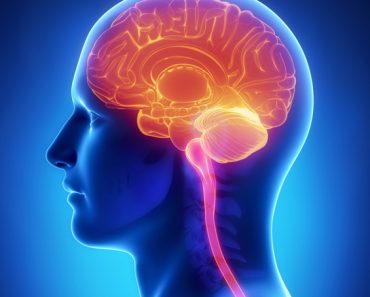High blood pressure or arterial hypertension is a pathological condition in which the arteries mastered high blood pressure, or systolic pressure above 140mmHg, and diastolic pressure above 90mmHg.

Commonly increased both systolic and diastolic pressure simultaneously. But there are cases where only increased systolic or diastolic pressure only. Then it is a convergent type of hypertension.If systolic pressure is elevated, and decreased diastolic talking about divergent type of hypertension.
| Systolic blood pressure (mmHg) | Diastolic blood pressure (mmHg) | |
| Optimal pressure | <120 | <80 |
| Normal pressure | <130 | <85 |
| High pressure normal | 130-139 | 85-89 |
| Grade 1 (mild hypertension) |
140-159 | 90-99 |
| Subgroup: Border | 140-149 | 90-94 |
| Grade 2 (moderate hypertension) |
160-179 | 100-109 |
| Grade 3 (severe hypertension) |
≤ 180 | ≤ 110 |
| Isolated systolic hypertension | > 140 | <90 |
Table: WHO classification of hypertension according to the amount of blood pressure in adults over 18 years
Blood pressure is the “strength” because of which the blood is continuously moving through the blood vessels. It depends on the volume of blood the heart pumps per minute and peripheral vascular resistance that blood encounters when moving through the blood vessels. If the heart pumps more blood volume (increased output), and / or arterial lumen is decreased (increased peripheral vascular resistance), blood pressure increases, ie arterial hypertension occurs.
Arterial hypertension is a complex and multifactorial disease with mosaic mechanism of occurrence and in most cases the cause of the outbreak is unknown, and this type of hypertension is called primary or essential hypertension.
A small proportion of cases (less than 5%) causes of high blood pressure are known and this type of hypertension is called secondary or symptomatic hypertension. These include renal, endocrine, cardiovascular, neurogenic hypertension and hypertension-specific pregnancy.






